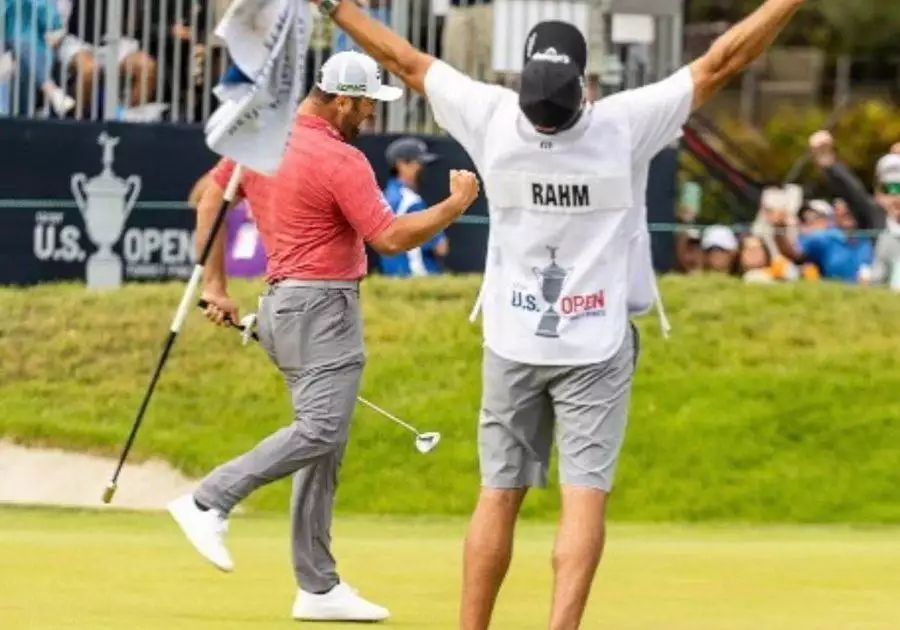To the outsider, to those disinterested in golf, the term “golf caddy” (or “golf caddie”) conjures up a disparaging image of a bag man, someone who lumbers a heavy golf bag around the course on behalf of the much more glamorous figure that is the professional golfer.
Golf caddies are seen as little more than porters, doing the heavy lifting which makes life so much easier for the superstar with the long iron and the immaculately pressed polo shirt.
But to say this impression is misleading is to put it mildly. Whilst the caddy is of course subordinate to the player whom he or she is employed to assist, a good caddy is invaluable to any serious pro golfer.
For starters most caddies will be expected to ensure that the player’s clubs and equipment are in good order before they venture forth out onto the golf course. Clubs in particular need to be clean and in excellent condition, and certainly not faulty in any way.
Golf Course Management
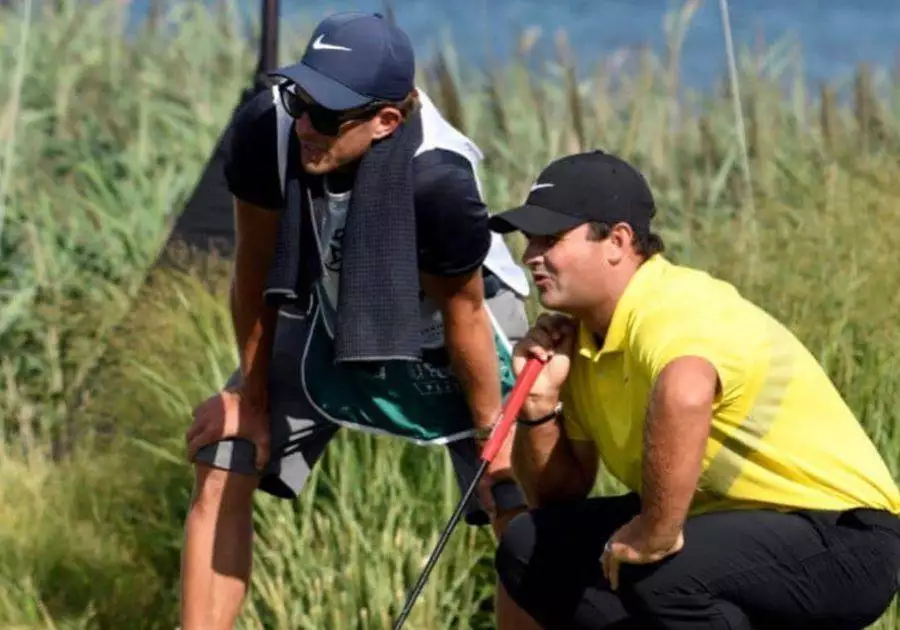
Course management is also an important responsibility for the caddy, being aware of the general layout of a golf course in addition to having some insight into its condition prior to any competition. As well as clean clubs, check golf balls and rake sand traps, the caddy is an all round general assistant.
A good caddy helps around the course too, fixing divots and removing any obstacles which may prove detrimental to the performance of the golfer on the day.
Providing moral support during challenging times and fending off over-enthusiastic supporters are also listed from time to time amongst the duties of the golf caddy, thereby keeping the golfer focused on the task at hand.
It is truly difficult to exaggerate the importance of this second member of the team in what is on the surface of it a sport for individuals.
A Brief History of the Golf Caddy
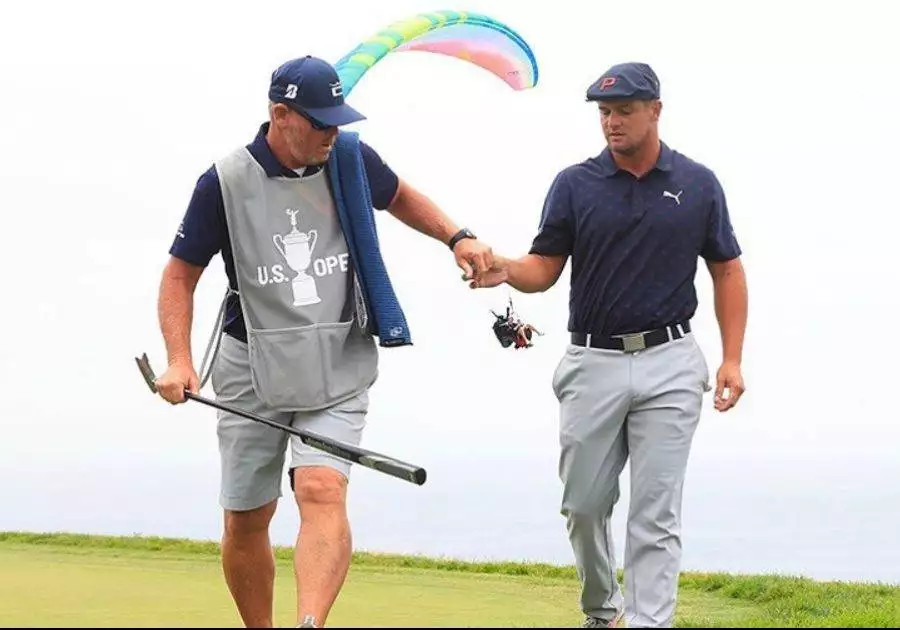
The first acknowledged use of a golf caddy was in Scotland in 1817, and for many years the practice never really extended beyond that small corner of the world, but it gradually spread – first of all at the very top level and later beyond. In the beginning clubs would hire out caddies to their guests rather than expecting them to employ their own.
It was only in the second half of the twentieth century that it became commonplace for pro golfers to employ their own, professional caddies who would travel along with them around the tournament golf circuit. Unlike the first caddies, these of course would be familiar with the particular needs of their specific employer.
Where Does the Word “Caddy” Originate?
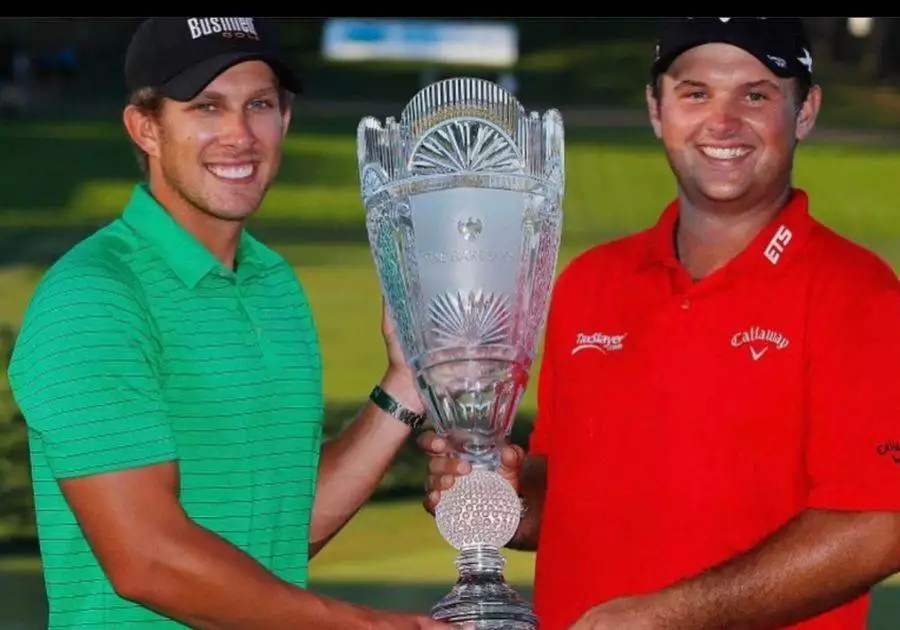
It is said that in the fifteenth century Mary Queen of Scots was studying in France and introduced the game of golf to the locals whilst across the Channel. Being both female and a royal, it was considered only polite that she would have helpers on hand to carry her bags.
These were provided by the French military and were called “cadets”, which in due course became anglicized to “caddy”. Sometimes the alternative spelling “caddie” is also used, which is entirely legitimate according to the dictionary.
Despite the lack of immediate proximity between the two countries, it was not unusual for the Scots to adopt the odd French word. In the eighteenth century the term caddy came to be used to describe a porter or general errand-boy in Scottish towns.
The earliest known caddy was called Andrew Dickson, who went on to make golf clubs and to work for the Duke of York. Another, amusingly, was known as “Daft Willie Gunn”, who caddied for members of the Edinburgh Burgess Golfing Society.
Beyond the Call of Duty

At the Evian Championship in France in 2019 golf caddy Benji Thompson was made aware by his player Lexi Thompson (no relation) that she didn’t have her passport. She was due to fly out of Geneva in Switzerland to the Women’s British Open in England, but would not be able to leave France without it. The elusive passport was in her golf bag, which was in a van being driven away somewhere else by another caddy.
Benji Thompson took a cab which would enable him to meet up with the other caddy about an hour south of Geneva, but more chaos ensued when the taxi driver insisted upon taking him in the wrong direction. Time was of the essence, and after much haranguing he managed to persuade the driver to follow his instructions.
When he met the other caddy though, Lexi’s golf bag was one of 38 tightly crammed into the back of a van. Benji had to remove them all and delve through them until he found hers, all the time with the clock ticking down on their departing flight. And then he had to pack the other bags back again!
Eventually both golfer and caddy made it to England, albeit several hours late, and Lexi was able to compete.
Some Well-Known Caddies
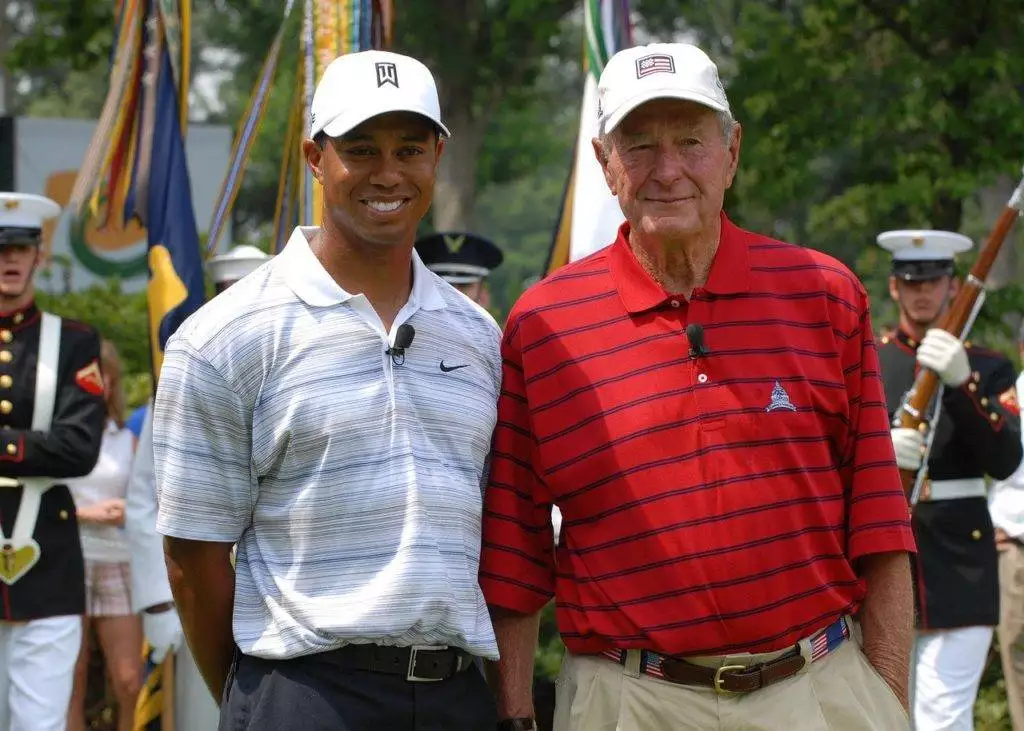
Those who follow golf, and even many who don’t, will be familiar with some of the biggest names in the sport. Tiger Woods is a household name in any household, whilst those slightly older would be equally familiar with the likes of Nick Faldo, Jack Nicklaus, Tom Watson or Seve Ballesteros. But mention names like Steve Williams or Paul Tesori and blank looks will be the order of the day amongst any but those really in the know.
And yet most golfers who are sufficiently invested in the sport would not only be familiar with such people, but would look upon them with great respect. And rightly so, because just as there are great players there are also great caddies, individuals who are much sought after within the game of golf.
Indeed a great caddy is probably the single best asset that any professional golfer could boast. Not just a carrier of bags, but an active assistant with sufficient knowledge to add real value to any player’s game.
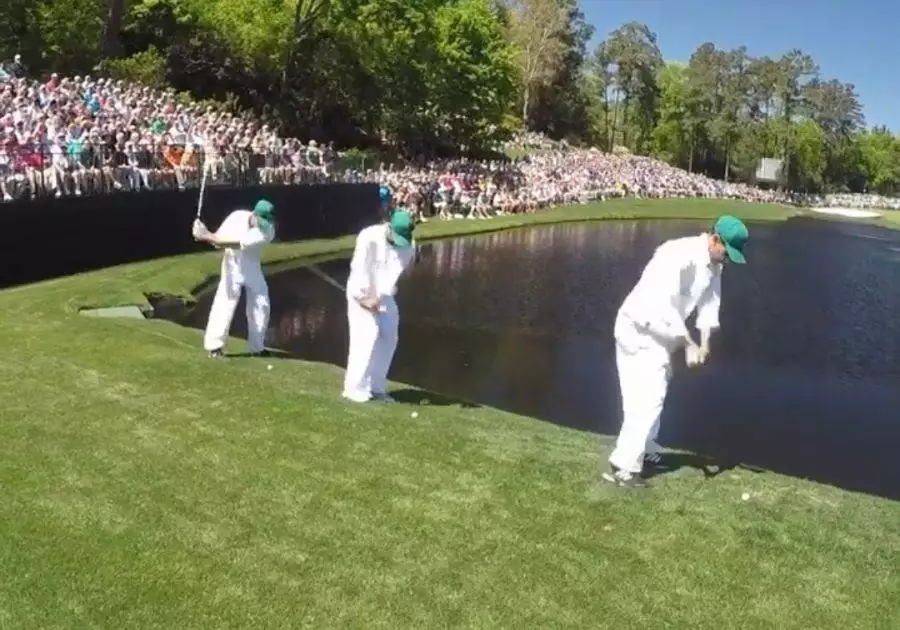
Some of those who command similar respect within the game are Austin Johnson, Tim Tucker, Marc Crane and Adam Hayes, and at such a level the average pay earned by caddies serving good golfers can run into hundreds of thousands of dollars.
And whilst this doesn’t stand comparison with the prize money earned by some of the game’s most successful players, it gives some indication of how sought-after are their services.
How Much Are Caddies Paid?
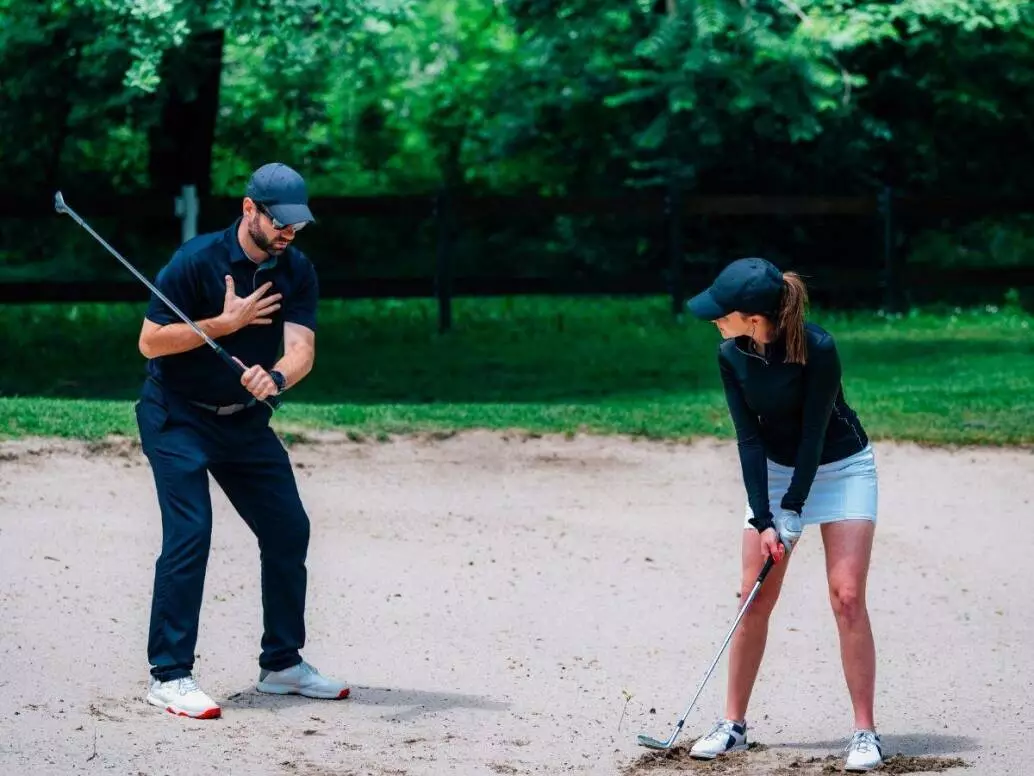
So it can be seen that at the highest level the better golf caddies do receive ample remuneration. In 2020 Johnson, caddying for the then world number one Justin Thomas, received in excess of half a million dollars for his work. That is in that one year alone.
Johnson, Paul Tesori and Jonathan Jakovac were not far behind them, each netting in excess of $400,000 during that same year.
Of course, the earning power of any golf caddy is solely dependent upon the success of the golfer whom he or she serves. In this way the caddy is invested in the career of the player, and so the process for selecting the ideal “running mate” is very much a two-way street. Caddies can, and do, turn down approaches by professional golfers.
Do All Golfers Use Caddies?
Golf is a participation sport which is played at many levels. Ever since caddies appeared for the first time way back in the eighteenth century, their use has become ever more an accepted feature of the game at a higher level.
Whilst it is true to say that almost every golfer on the PGA tour has their own caddy, the fact that caddies are usually professional means those who play the game for leisure would be unlikely to take on the expense of enlisting the help of a hired hand – unless it was provided on a voluntary basis.
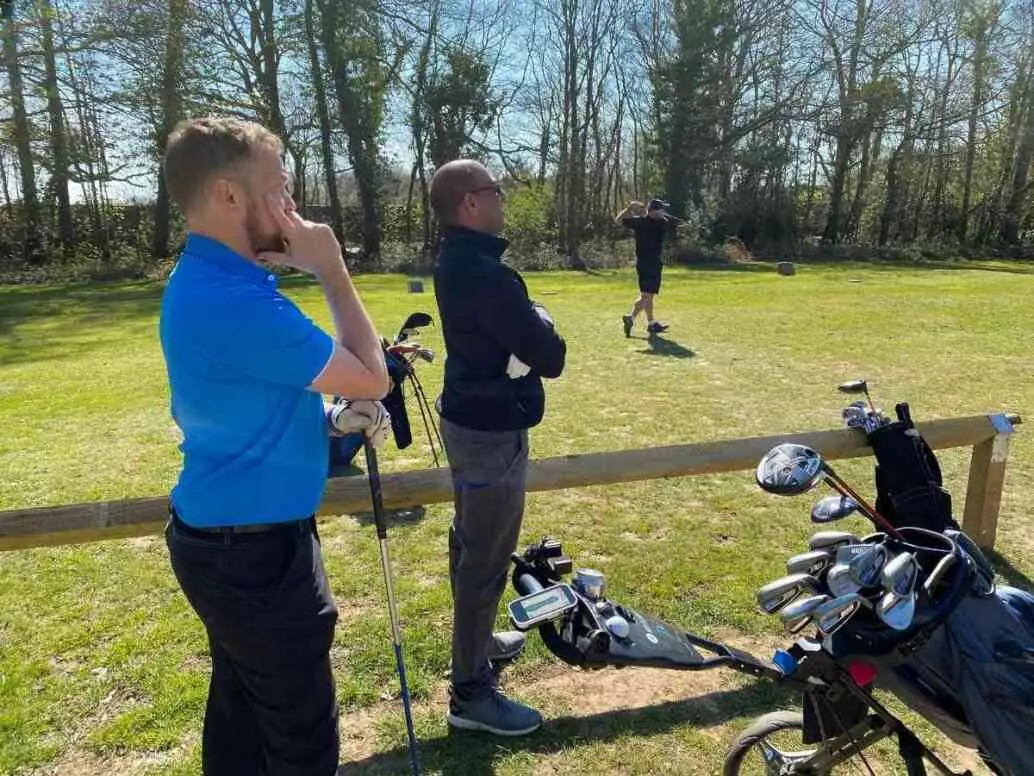
It is of course not unknown for a leisure player to use the services of a friend or of a member of the family, usually without payment. It is, apart from anything else, an excellent way for someone with a casual interest to learn how to play golf.
It should come as no surprise that many professional caddies are themselves excellent golfers, and the advice and help that they give around the golf courses sets them up well for when they come to play the game in their own capacity.
Do Any Golfers Become Caddies?
Perhaps unsurprisingly it is more often than not the other way around. Nevertheless, it is far from uncommon for good golfers to decide that their future lies in caddying for one of the truly big names. In fact Tesori and Keith Nolan, another well-known caddy, both once held PGA tour cards.

Most frequently it would be former college and mini-tour players who would step up to make the switch. In prize money terms there is a huge difference between pro golfers at the very highest level and those who play in a less widely recognized environment. When a golfer wins a PGA tour event, the spin-off for the caddy can be considerable.
Of course, not all caddies play golf. A talent for reading greens or for selecting the right golf club need not automatically imply an ability to actually play a hole or a tee shot oneself. Certainly there are caddies who are entirely at home in their role and who would not venture to strike a ball themselves.
Caddying is a different discipline from playing golf, but they are of course mutually dependent. It is common, but not essential, for caddies also to be able to play a little.
Caddy Tales
Needless to say, there are many stories around told by caddies about their experiences on tour with some of the world’s finest golfers. As well as being entertaining in their own right, some of them provide a valuable insight into the life of the pro golfer’s right-hand man (or woman).
Scottish golfer Raymond Russell, playing at the Forest of Arden on a European tour and on the twelfth hole, marked his golf ball on the green before throwing it to his caddy, expecting him to catch it. Unaware that he was going to do this, the caddy let it fly past him and it landed in a lake.
The faithful caddy attempted to rescue the ball and duly produced no fewer than nine of them from the water, alas none of them belonging to Russell. As the rule states that the same ball must be played, Russell incurred a two shot penalty.
The exquisitely-named Spanish pro Domingo Hospital was also playing in a European tournament, and it was raining. He had putted his ball up to the hole, and his caddy thought he was about to mark it and putt out again. The caddy held an umbrella over his player as he approached the ball.
While still holding the umbrella over him, he watched Hospital hit his next shot into the hole, thereby incurring a penalty of two shots. This misunderstanding earned the caddy the nickname “Mary Poppins”.
The Importance of the Caddy
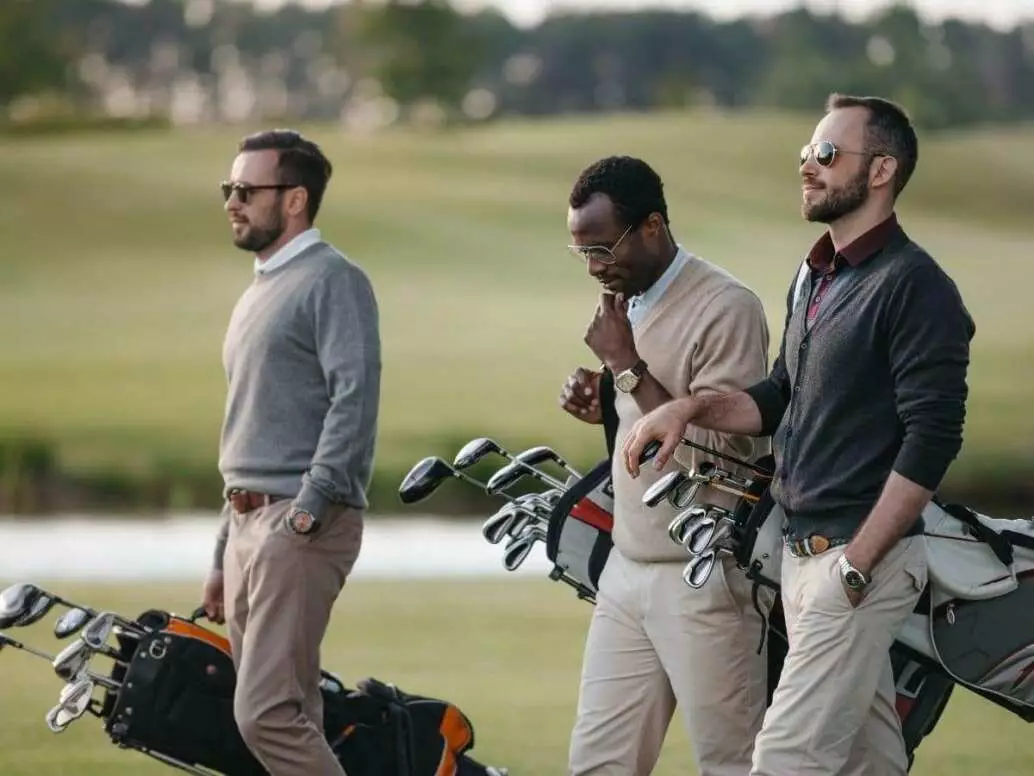
Overall, the regular caddy and their golfer fast become something of an inseparable team. The caddy fulfills any reasonable request that the player asks of him – whether pin placement, green reading or managing the golfer’s clubs.
The caddy is the eyes and ears of the player, allowing the person actually playing to remain loose and unflustered by potential obstructions and pitfalls. Caddies will familiarize themselves with the golf course, and pass on any prior information that the player needs to have in order to play their game.
During the match help is always available to the player, whether it be playing advice, removing a divot or fishing a ball from the water.
These days it is almost unthinkable that a player at the highest level would enter a tournament or partake in a major game without the help of a good caddy.

